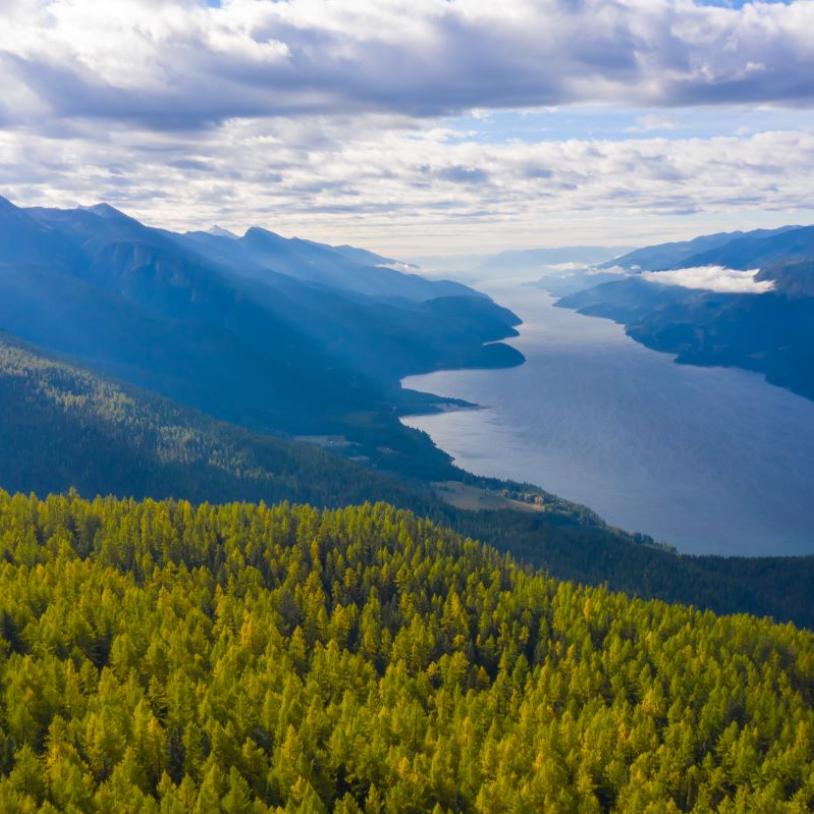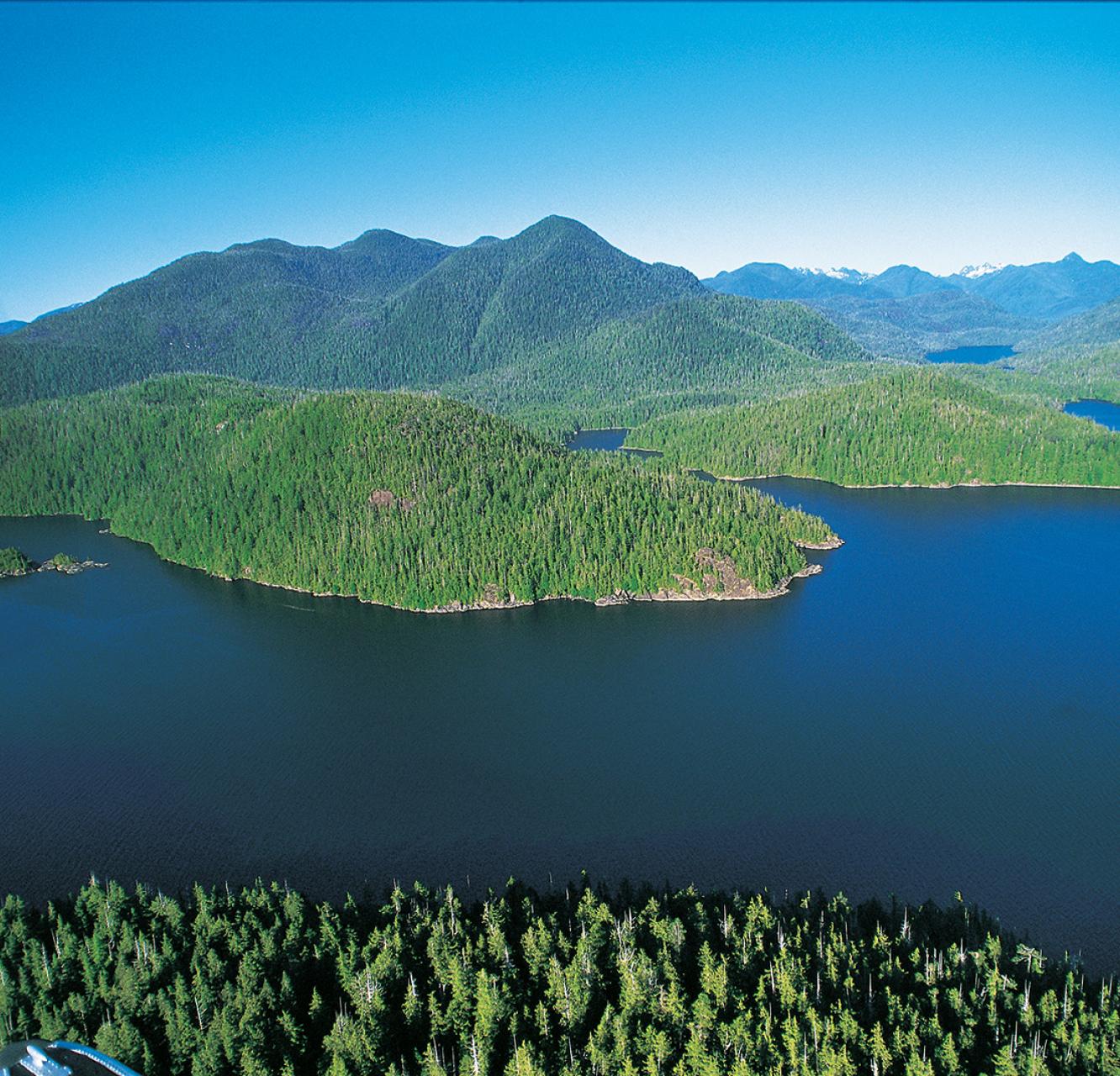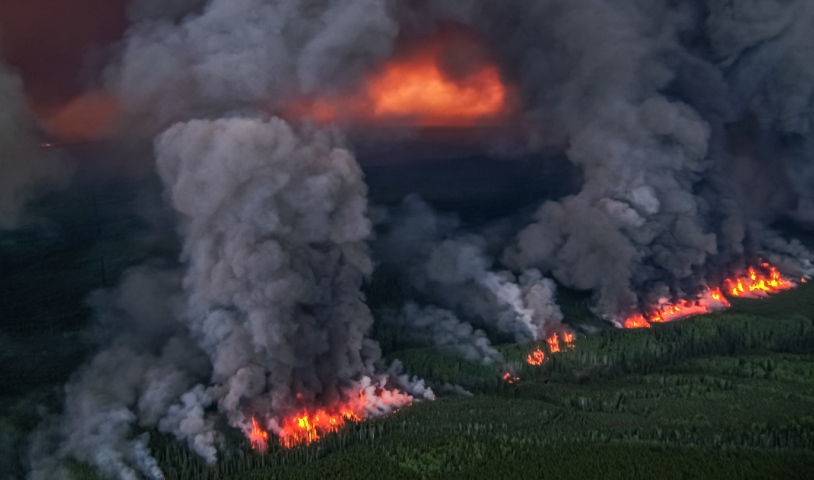Federal panel hands Taseko extensive ‘deficiency statement’ related to New Prosperity mine
Thursday, December 20, 2012
Company owes almost $300,000 from last mining proposal
Taseko Mines owes almost $300,000 and must answer a slew of questions from the Canadian Environmental Assessment Agency in connection with its planned $1.1-billion gold-copper mine in the Chilcotin.
The Vancouver-based company owes an outstanding $282,386 from its $1.6-million federal bill for conducting the first environmental assessment on its Prosperity mine proposal, agency spokeswoman Lucille Jamault said from Ottawa.
“The agency is in discussions with Taseko Mines with a view to obtain payment for the outstanding balance,” she said. It has the “authority to charge interest on outstanding balances; however, at this time, interest charges have not been added to the amount owing.”
The company’s original plan, which would have drained Fish Lake and stored waste rock and dirt on the dry lake bed, was rejected in 2010 by a federal panel due to “significant adverse environmental effects on fish and fish habitat, on navigation, on the current use of lands and resources for traditional purposes by first nations,” as well as adverse cumulative effects on grizzly bears in the south Chilcotin.
The B.C. Environmental Assessment Office had given the green light to the mine.
Taseko’s revised proposal — New Prosperity — is in the midst of a new environmental review process.
The Sun reported last month that the federal panel had discovered a “major deficiency” in Taseko’s environmental-impact statement filed Sept. 26 and wants to know the impact of the proposed mine “in combination with other past, present or reasonably foreseeable projects or activities” before the environmental assessment process advances.
New additional documents — a 77-page “deficiency statement” — posted on the agency’s website list a slew of additional questions that also must be resolved in a “complete and timely manner,” panel chairman Bill Ross wrote in a letter to Taseko.
Brian Battison, vice-president of corporate affairs for Taseko, said in response Monday it is a “normal routine course of business” for review panels to issue requests for further information on complex environmental-impact statements.
“They don’t look difficult to answer,” he said. “We’re beavering away on them now. I don’t see anything that requires additional study or field work. It’s more a matter of clarifying the material already there.”
As for outstanding funds owed to cover costs incurred by the federal panel during the first review, Battison said it would be paid in due course. “It’s expensive,” he noted. “We’ve paid a lot of it off. There is no deadline that we’ve been aware of. We’ll pay as we can and as we’re doing.”
The panel seeks more information, in part, on:
A draft habitat compensation plan, mitigation measures, and effects related to rare plants, ecological communities of conservation concern, species at risk, and grizzly bear core habitat.
The health effects of the project, including noise, light and dust, on workers, people visiting the area for recreation, and on aboriginal people making traditional use of the area.
Potential effects of increased hunting associated with development of the mine.
Fisheries values and fish habitat in Little Fish Lake.
Loss of old forest along the mine’s 125-kilometre transmission line,
Potential effects of disturbance of arsenic-bearing soils on air and water quality, fish, vegetation, wildlife and human health.
Operation of a water-treatment facility.
New Prosperity, located about 125 kilometres southwest of Williams Lake, would have an estimated average annual production of 108 million pounds of copper and 247,000 ounces of gold production over a 20-year mine life.
Taseko also owns 75 per cent of Gibraltar Mine, the second largest open-pit copper-molybdenum mine in Canada, located about 60 kilometres north of Williams Lake.
Photo: The site of Taseko’s controversial New Prosperity Mine project.





